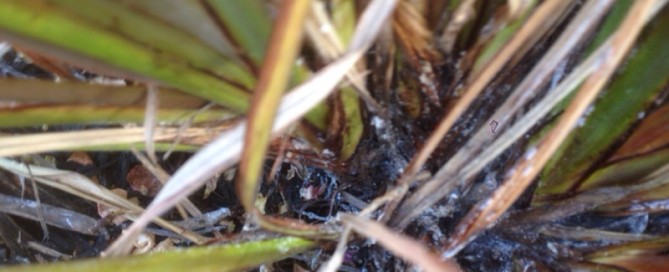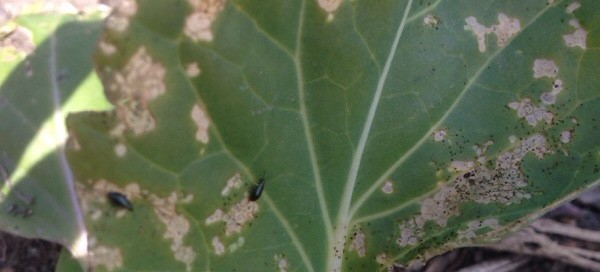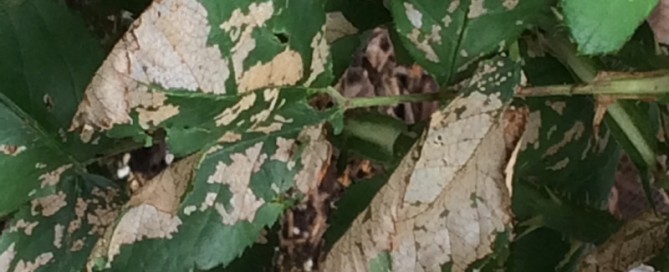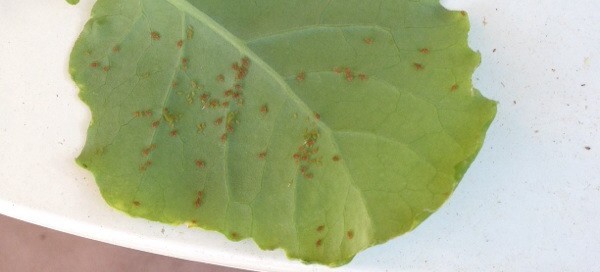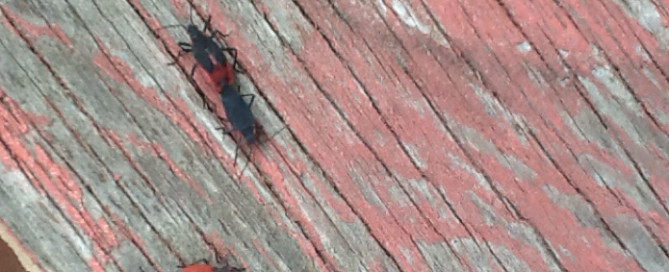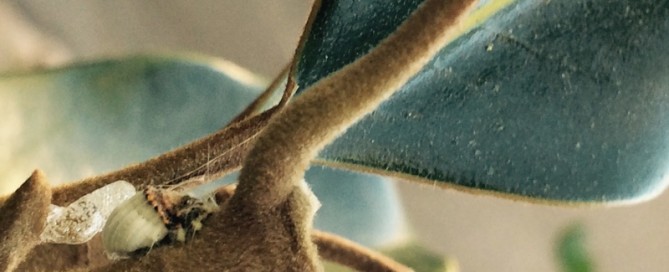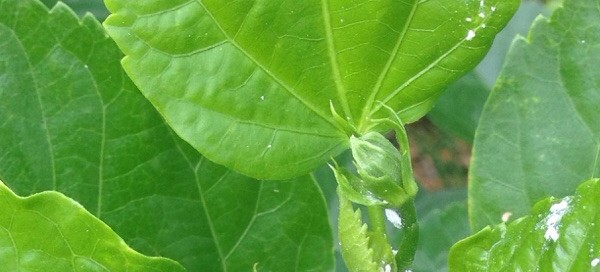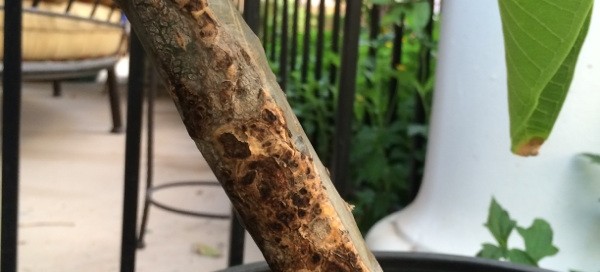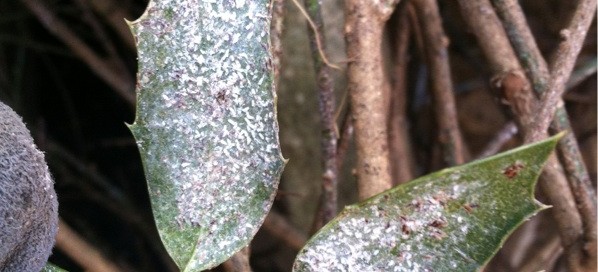Mealybug On Phormium
This is an insect, commonly called Mealybug, feeding on your plant (common name of plant is New Zealand Flax). These insects can be difficult to control on these plants because they feed, as in your photo, down low in the leaves where its hard to reach them and effectively control them. Unfortunately, they can do heavy damage to these plants, and sometimes kill the plant. We've included a link about mealybug to give you more information about how to control them. If you choose to try chemical controls, you will need to be thorough in applying the material, but always follow the label directions to avoid doing further harm to the plant, or other plants and organisms.
http://www.ipm.ucdavis.edu/PMG/GARDEN/PLANTS/INVERT/mealybugs.html
